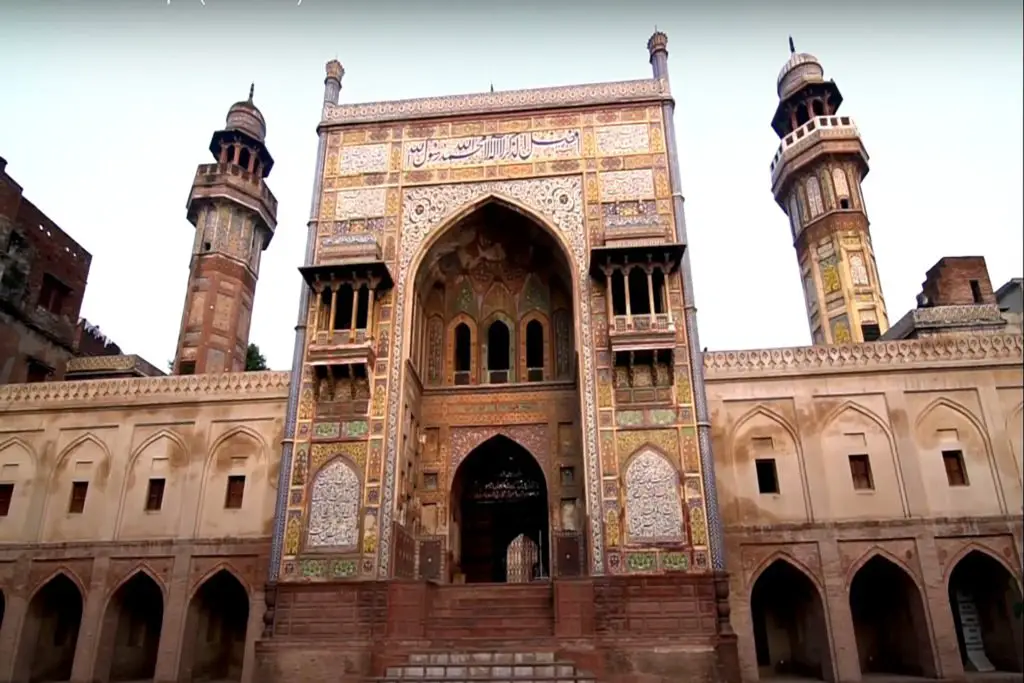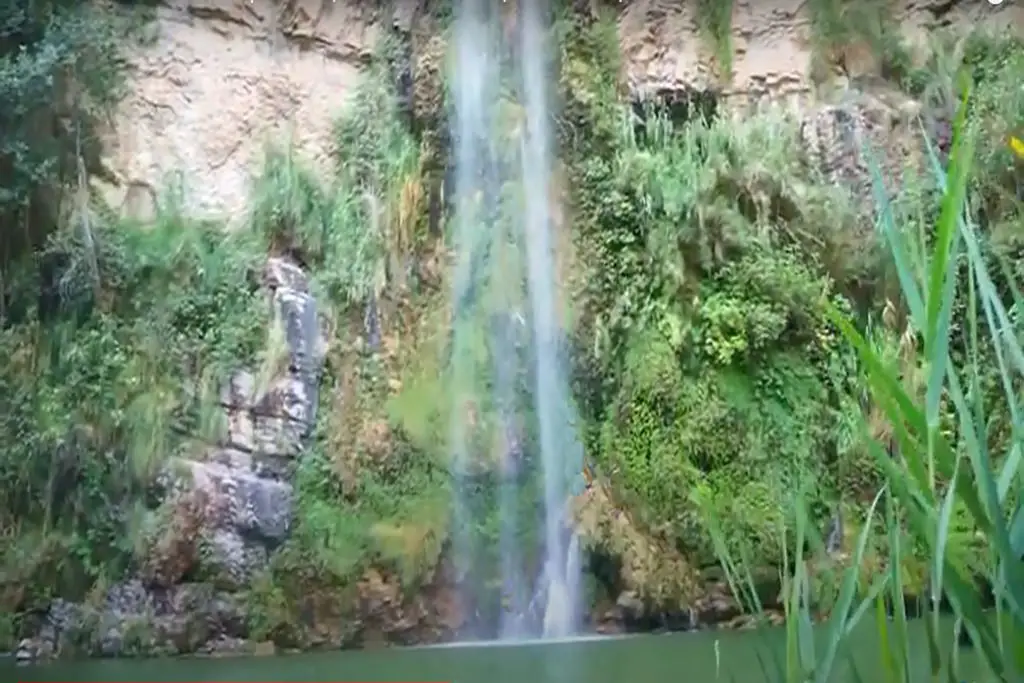Kalawan, which means “The Caves” in Sanskrit, is an archaeological site located in the Taxila region of Pakistan. The site is known for its significant Buddhist establishment and is one of the largest in the area. It is situated approximately 2 km from the Dharmarajika Stupa.
History of Kalawan
The Kalawan site is believed to have been established during the Kushan period, around the 2nd century AD. It comprises several Buddhist stupas and monasteries, as well as caves that were used for meditation and religious purposes. The site covers an area of about 600 Kanals (75 acres) and is surrounded by hills and a river.
Buddhist Site – Kalawan
The Kalawan site comprises of several caves that were used as monastic cells, meditation halls, and places of worship for the Buddhist monks who resided there. The site also features a Stupa, which was likely built during the Kushan period in the 1st century AD.
Excavations at the Kalawan site have uncovered several artifacts and remains that shed light on the history and culture of the Buddhist community that lived there. These include fragments of pottery, coins, and sculptures, as well as rock inscriptions that provide insight into the religious and cultural practices of the monks.
One notable discovery at the Kalawan site is a statue of the Buddha in the Bhumisparsha Mudra (earth-touching pose), which is considered to be one of the most iconic poses of the Buddha. The statue is made of gray schist and is believed to date back to the 2nd century AD.
The Kalawan site is significant not only for its historical and cultural importance, but also for its contribution to the field of archaeology. The site has been the subject of several excavations and research projects, which have yielded important insights into the Buddhist period in the region.
The site is open to the public, and visitors can explore the caves, stupa, and other remains that have been preserved at the site. The Kalawan site is a testament to the rich cultural heritage of the region and serves as an important reminder of the significance of Buddhism in the area.
The largest stupa at Kalawan is known as the Kalawan stupa, which has a diameter of about 65 feet and a height of around 30 feet. The stupa is believed to have been built during the reign of the Kushan king Kanishka, who is known for his support of Buddhism and patronage of Buddhist art and architecture.
The stupa has a circular base and is made of large bricks, with a square chamber at its center. It is surrounded by a brick wall with four gateways, each of which is decorated with carvings of Buddha and other Buddhist figures.
In addition to the Kalawan stupa, there are several other stupas and monasteries at the site. One of the most interesting features is a series of caves that were used for meditation and religious purposes. These caves are carved into the rock face and are believed to date back to the 2nd century AD. They feature ornate carvings of Buddhist figures, as well as inscriptions in the Kharosthi script, an ancient script used in the region.
The Kalawan site is considered to be an important example of Kushan-era Buddhist art and architecture, and has been the subject of extensive archaeological research. Excavations at the site have uncovered a wealth of artifacts, including pottery, coins, and stone sculptures, many of which are now housed in the Taxila Museum.
Today, the Kalawan site is a popular tourist destination, attracting visitors from around the world who come to see its impressive stupas, monasteries, and caves. It is also an important pilgrimage site for Buddhists, who come to pay their respects at the Kalawan stupa and other sacred sites. Despite its age, the site remains an important symbol of the enduring legacy of Buddhism in the region, and a testament to the creativity and skill of the ancient artisans who built it.
In conclusion, the Kalawan site in Taxila is a significant Buddhist establishment and a testament to the rich cultural heritage of the region. Excavations and research at the site have contributed important insights into the history and culture of the Buddhist community that lived there, making it a valuable resource for scholars and visitors alike.






